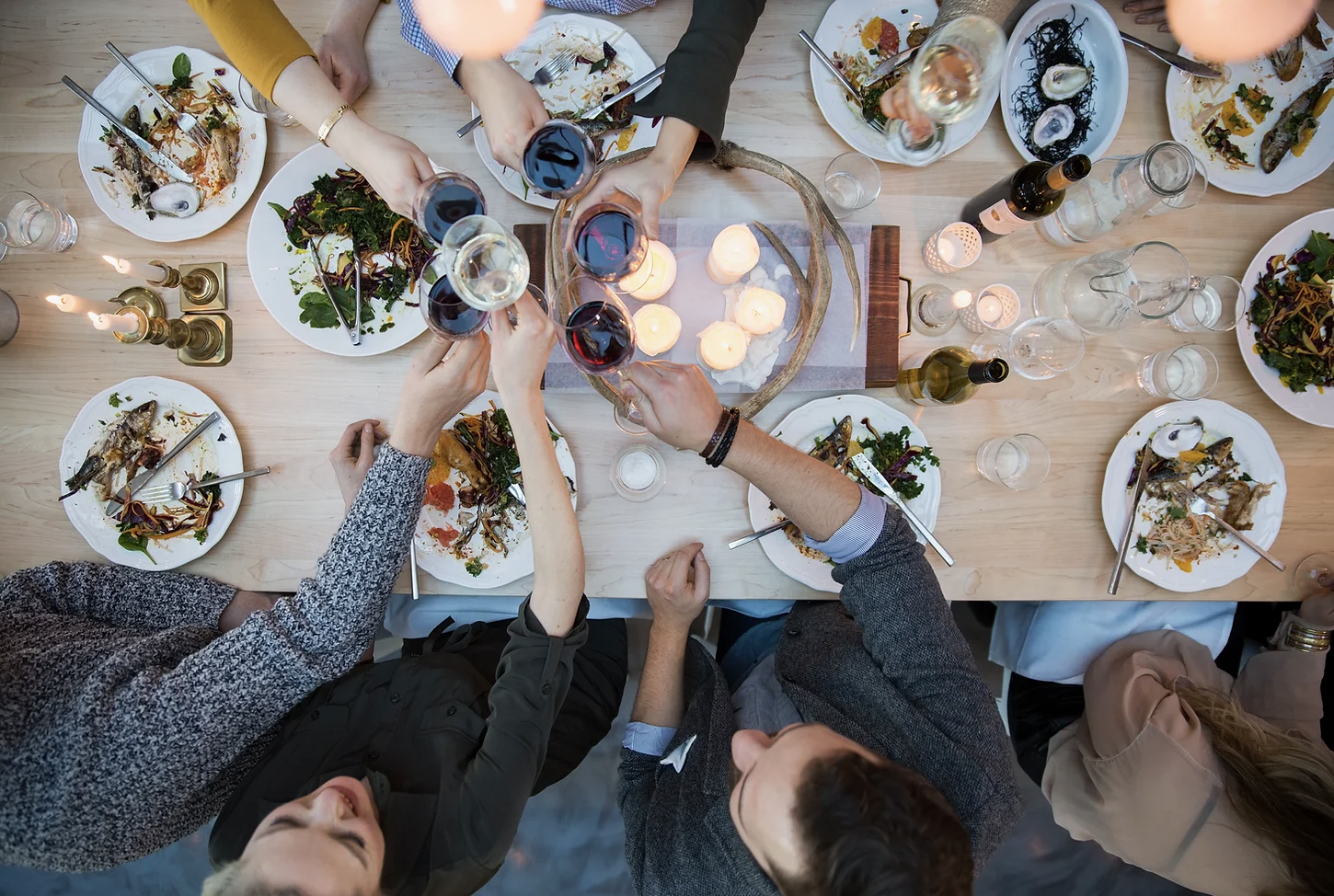PLANNING TIPS
THE BLOG
Welcome to
Here you'll find wedding features, love stories and podcast show notes.
WEDDINGS
EVENTS
PODCAST NOTES
VENUES
VENDORS
Calling All Foodies: How to ‘Wow’ Guests with Menu Design

January 28, 2021
(Show Notes: Season 2, Episode 6)
This week, we are focusing on the basics of menu design and I’ll be highlighting a few tips and tricks to keep in mind as you build your menu.
The main steps to take when crafting your menu are:
- Identify the meal period you are menu planning for
- Decide on the style of service for your meal:
- Plated – Appropriate for Breakfast, Lunch and Dinner; Typically requires 1.5-2hours for full service
- Buffet – More casual option; Allows for more variety in menu; Requires additional space for buffet setup
- Stations – Offers more variety in menu; Incorporates interactive elements
- Family Style – Hybrid of plated and buffet; Be mindful of tabletop layout to account for additional platter space
- Passed – Offered during cocktail receptions or late-night parties; Can be casual or sophisticated depending on menu
- Consider the timing of event logistics. Identify the items that need to be integrated into the timeline along with food service to help you make educated decisions about your dining plans.
- Identify dietary restrictions or allergies amongst your guest group. If someone expresses a dietary need, as the event host you should do your best to accommodate them by having an alternative that is safe for them to eat.
- Compare your menu against your budget. Be aware of food & beverage minimum requirements you may need to reach or the service charges or sales tax that will be applied to the final bill total. Ensure you ask about any labor or staffing charges that may apply along with the cost of your menu – sometimes certain styles of service require additional fees, like extra chef attendants or bartenders.
- Choose your menu! Your caterer or venue may provide you with a menu that contains several options for you to choose from. Sometimes those menus are more of a guideline than a set offering – ask about this and whether customization is possible and if there are any additional fees that come along with that option.
Now that you know the basic system for choosing your menu, see these highlighted tips and tricks to keep top of mind as you begin your menu planning journey:
- Know your guest profile and preferences: If you have a group that keeps Kosher, make sure your menu is catering to that! Or if all of your guests are vegetarians, perhaps don’t do burger night.
- Offer choices (when possible) with alternative options: The more variety you can offer the better. Your ability to accomplish this may depend on your budget and on what the venue or caterer can accommodate, but always ask the question.
- Highlight seasonality (by planning appropriate dishes for the season or location): This can make a simple dish feel special because it has local elements integrated into it.
- Choose options that work with the style of service you are offering: You may love a specific dish, but it just doesn’t make sense to execute it on a large scale. Know when to cut something that isn’t going to achieve what you need it to.
There are so many factors to consider as you plan your menu, so hopefully this big picture look at the puzzle pieces of food planning help you to hone in on a menu that best serves your guests!
Continue the conversation and ask your questions by joining the How To Event Facebook Group. Or you can keep up with us on Instagram by following @HowToEvent.
Season 2, Episode 7 will debut on September 10th, 2020! This season we are focusing on Event Basics and each week I will review a new foundational event topic to help you get started with your planning process.
Serving East Coast & Destination
Follow along
@eventlightenment